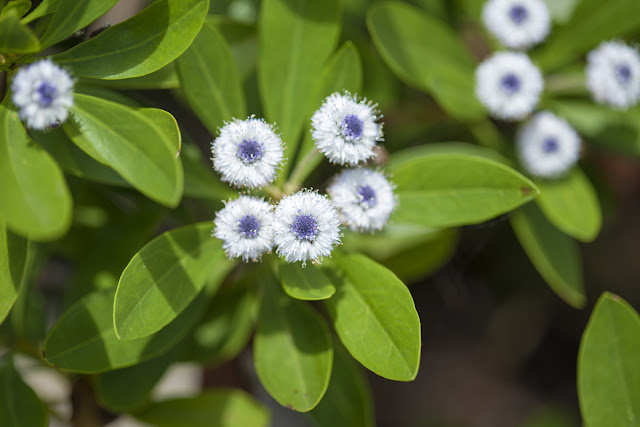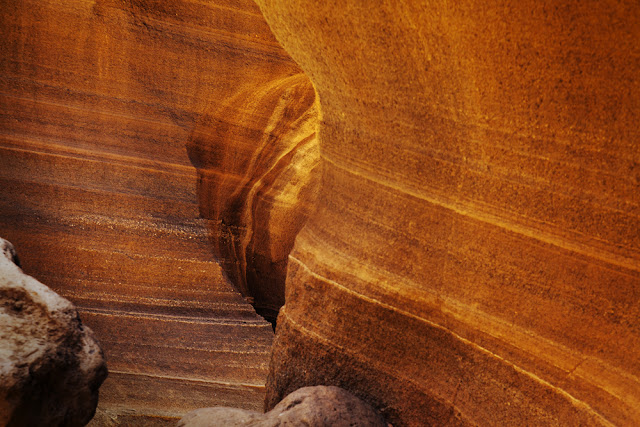 |
| I liked this stage of the sunrise the most — the cone of shadow under Roque Bentayga was spectacular |
An excursion to greet the first rays of the sun on the day of winter solstice is organized by the Cabildo of Gran Canaria every year. Well, this year there were two, on two consecutive days, coz, let’s face it, the difference in the position of the sun and timing is non-perceivable and we are no druids anyway.
We already tried to attend one of those three years ago. The bus picked us up later than it was promised, the driver took a long way to Acusa plus he seemed to be afraid of the dark or something. All these combined, we arrived to the Mesa de Acusa, a plateau in the upper part of the Acusa village, when the sun had already risen, to the general embarrassment of all.
This time was different. We started on time; the bus was small, so it could take a faster route via the smaller roads, and the driver was excellent. We arrived well before the sunrise and had a lot of time to freeze our bits off and to listen to a very good explanation from the Cabildo guide .
Of course, to observe the beautiful sunrise over the rock formations Roque Bentayga and iconic Roque Nublo you don’t need to be there on the day of solstice, but on that day and around it it’s well known where the Roques project their shadows (see map below). Plus, of course, I like a bit of ritual now and then.
Not overmuch, though.




















